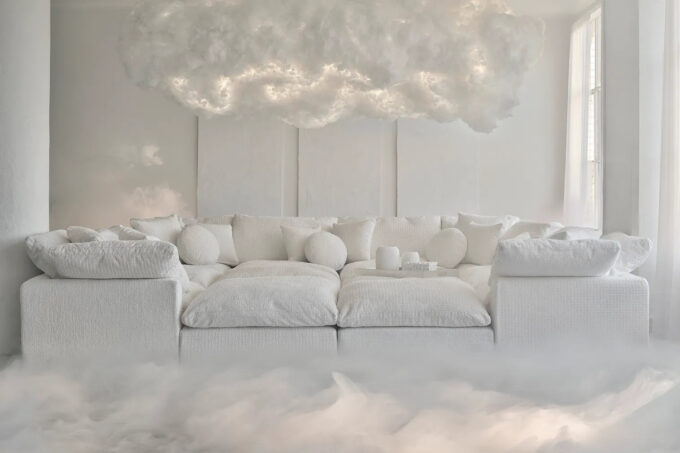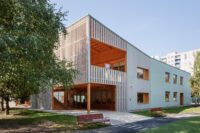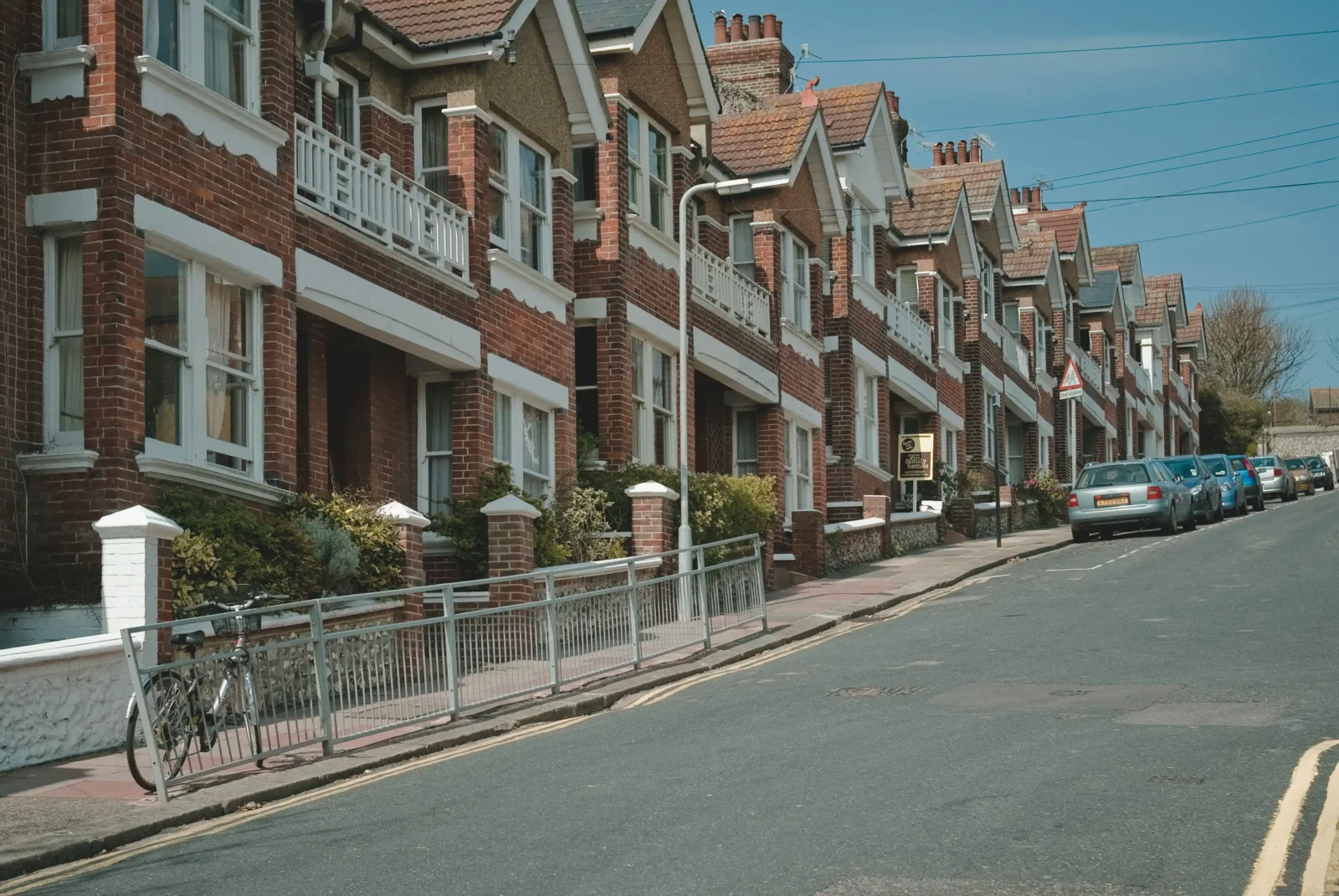- Home
- Articles
- Architectural Portfolio
- Architectral Presentation
- Inspirational Stories
- Architecture News
- Visualization
- BIM Industry
- Facade Design
- Parametric Design
- Career
- Landscape Architecture
- Construction
- Artificial Intelligence
- Sketching
- Design Softwares
- Diagrams
- Writing
- Architectural Tips
- Sustainability
- Courses
- Concept
- Technology
- History & Heritage
- Future of Architecture
- Guides & How-To
- Art & Culture
- Projects
- Interior Design
- Competitions
- Jobs
- Store
- Tools
- More
- Home
- Articles
- Architectural Portfolio
- Architectral Presentation
- Inspirational Stories
- Architecture News
- Visualization
- BIM Industry
- Facade Design
- Parametric Design
- Career
- Landscape Architecture
- Construction
- Artificial Intelligence
- Sketching
- Design Softwares
- Diagrams
- Writing
- Architectural Tips
- Sustainability
- Courses
- Concept
- Technology
- History & Heritage
- Future of Architecture
- Guides & How-To
- Art & Culture
- Projects
- Interior Design
- Competitions
- Jobs
- Store
- Tools
- More
Understanding Building Typology: A Guide to Functional, Cultural, and Sustainable Design
Discover the significance of building typology in architecture, exploring how structures are classified by function, culture, and environment. Learn how this framework enhances design, urban planning, and sustainability while addressing challenges like regional variations and balancing aesthetics with practicality to create spaces that truly serve and inspire.

When we walk through cities or towns, we’re surrounded by a variety of buildings, each serving a unique purpose and designed with distinct characteristics. These structures aren’t just random; they’re part of a fascinating framework known as building typology. Understanding building typology helps us decode how architecture responds to function, culture, and environment.
By exploring building typology, we gain insight into why certain designs work better for specific uses, like schools, hospitals, or homes. It’s not just about aesthetics—it’s about creating spaces that meet human needs while reflecting their context. Let’s dive into how this concept shapes the spaces we live, work, and interact in every day.

Table of Contents
ToggleWhat Is Building Typology?
Building typology classifies structures based on their use, form, and design attributes. It organizes buildings into categories like residential, commercial, industrial, and institutional. Examples include apartment complexes, retail stores, factories, and schools.
By examining typology, we gain insights into how design responds to human activities, cultural values, and environmental conditions. The framework analyzes layouts, materials, and aesthetic choices to align with both functional and contextual needs.
This system enhances architectural planning by addressing specific demands. For instance, residential typologies prioritize comfort and privacy, while industrial typologies emphasize efficiency and durability. Understanding these categories ensures functionality and contextual harmony in built environments.

Importance Of Understanding Building Typology
Building typology plays a vital role in shaping spaces that align with functional, cultural, and environmental needs. It serves as a foundation for creating efficient, sustainable, and well-integrated designs.
Enhancing Design Efficiency
Building typology improves design efficiency by aligning structures with their intended purpose. When we classify buildings by type, such as residential or commercial, it informs decisions on layouts, materials, and systems that enhance functionality. For example, office typologies prioritize flexibility and collaboration through open floor plans and adaptable infrastructure. This targeted approach minimizes resource wastage and ensures designs meet user needs.
Supporting Urban Planning
Classifying buildings aids urban planning by guiding land use, infrastructure development, and zoning regulations. Understanding how typologies like institutional, industrial, and public buildings interact fosters cohesive city planning. For example, placing healthcare facilities near residential areas supports community well-being, while grouping industrial spaces away from homes ensures safety and reduces noise pollution. This strategic integration maintains balance and efficiency within urban spaces.
Promoting Sustainability
Applying building typology principles contributes to sustainability by optimizing energy use and resource management. Typologies consider environmental factors, such as local climate and material availability, enabling the creation of energy-efficient designs. For instance, residential typologies often integrate passive solar techniques and insulation, while commercial typologies may leverage renewable energy systems for larger-scale operations. These adaptations reduce environmental impact while addressing long-term ecological goals.
Types Of Building Typologies
Building typologies are categorized by their purpose and design elements, reflecting specific functional and environmental needs. These classifications guide how spaces serve individuals and communities effectively.

Residential
Residential building typologies focus on living spaces that provide comfort, privacy, and security. Examples include single-family homes, apartment complexes, and townhouse communities. These structures emphasize layouts that optimize personal space, natural lighting, and thermal insulation to enhance livability while considering cultural and regional preferences.
Commercial
Commercial typologies encompass buildings that support business and retail activities. Examples include office buildings, shopping malls, and standalone retail stores. These designs prioritize accessibility, flexibility, and customer flow, often integrating technologies such as advanced HVAC systems and energy-efficient lighting to improve economic efficiency and user experience.
Industrial
Industrial buildings cater to manufacturing, warehousing, and logistical functions. Examples include factories, distribution centers, and power plants. These typologies emphasize durability, large open spaces, and streamlined workflows. Materials and designs focus on high load capacities and energy-efficient systems to support heavy operations and reduce costs.
Institutional
Institutional typologies include structures serving education, healthcare, and governmental purposes. Examples are schools, hospitals, and courthouses. These buildings prioritize functionality, user safety, and accessibility, incorporating features like specialized rooms (e.g., laboratories in schools) and compliance with ADA standards to meet specific societal and operational needs.
Recreational
Recreational typologies create spaces for leisure and community engagement. Examples include sports arenas, theaters, and parks. These structures center on accommodating large groups, fostering social interactions, and offering flexible design elements. Sustainable practices, such as water harvesting in parks or c, often enhance their environmental impact.
Factors Influencing Building Typology

Building typology is shaped by multiple factors that dictate how spaces are designed to meet specific requirements. These factors include climate, cultural values, economic constraints, and technological innovations, each playing a pivotal role in determining the form and function of buildings.
Climate And Environment
Climate and environmental conditions play a critical role in influencing building typology. Regional weather patterns affect architectural features such as roof design, insulation, and ventilation. For example, sloped roofs are common in areas with heavy rainfall, while flat roofs suit arid or dry regions. Environmental factors, such as natural light and wind orientation, impact the placement of windows, openings, and energy-efficient systems. Using locally sourced materials like bamboo in tropical regions reduces environmental strain and adapts structures to their surroundings effectively.
Cultural And Social Needs
Cultural values and social behaviors heavily influence building typology. They determine spatial arrangements and design elements that align with communal practices. In societies with multi-generational living, residential typologies often incorporate larger, shared spaces to foster familial interactions. Public buildings, like mosques or temples, reflect community beliefs through distinct architectural styles, while schools and recreational facilities are tailored to local engagement patterns. By addressing cultural priorities, these designs create spaces that resonate with the users’ identities.
Economic Considerations
Economic factors dictate material selection, construction methods, and building functionality. Lower budgets may prioritize cost-efficient designs with prefabricated materials, while high-budget projects can focus on customized, high-quality structures. Mixed-use developments exemplify economically driven typologies, as they maximize land use by integrating residential, commercial, and recreational spaces. Affordability considerations often guide housing typologies, influencing layouts that reduce per-unit costs while meeting essential living needs.
Technological Advancements
Technological innovations revolutionize building typology by enabling advanced designs and enhanced functionality. Smart building systems, including automated lighting and HVAC controls, cater to energy-efficient typologies in urban environments. Modern engineering solutions support high-rise structures, making vertical construction feasible in densely populated areas. Advances like 3D printing and modular construction allow faster and more resource-efficient building processes, transforming traditional approaches to typology. These technologies ensure buildings meet evolving demands with precision and sustainability.
Challenges In Understanding Building Typology
Understanding building typology presents complexities due to the intricate balance of numerous influencing factors. These challenges stem from regional differences, cultural expectations, and competing design priorities.

Regional Variations
Regional distinctions create significant challenges in interpreting building typology. Climate and geography dictate critical elements like roofing, insulation, and material choice. For example, colder regions often require steep roofs for snow runoff, while arid areas favor flat roofs and heat-resistant materials. Local regulations and zoning laws further complicate typology consistency, as different regions enforce varying standards for safety, height, and land use. These regional factors demand adaptability in designs to ensure functionality and compliance without neglecting environmental harmony.
Balancing Aesthetics And Functionality
Combining visual appeal with practical use adds complexity to designing spaces based on typology. Prioritizing one over the other can undermine structural efficiency or user satisfaction. For instance, residential typologies emphasizing open layouts for aesthetic reasons might overlook privacy needs, while purely functional industrial designs could sacrifice visual coherence crucial for urban integration. Balancing these aspects requires a nuanced approach, aligning structure, cultural expectations, and purpose to achieve design cohesion without compromising usability.
Conclusion
Understanding building typology allows us to analyze how architectural design serves specific functions while responding to cultural and environmental contexts. By classifying structures into categories such as residential, commercial, industrial, institutional, and recreational, we gain valuable insights into how spaces meet diverse needs. This framework enhances design efficiency, urban planning, and sustainability, ensuring that buildings fulfill their intended purposes effectively.
Key factors like climate, economic constraints, cultural values, and technological advancements shape building typology, influencing materials, layouts, and energy systems. Addressing these elements promotes functionality, aesthetic coherence, and environmental responsibility. Recognizing challenges like regional variations and balancing design priorities helps us develop adaptable and holistic architectural solutions. Properly applying building typology principles creates spaces that are not only practical but also harmonious with their surroundings.
- architectural typology
- Architecture design principles
- architecture typology guide
- building design principles
- building design strategies
- building typology
- Cultural Architecture
- cultural design in architecture
- cultural impact on architecture
- cultural sustainability in architecture
- designing functional buildings
- eco-friendly building design
- environmentally friendly architecture
- functional architecture design
- Functional Design
- green building design
- low-impact building design
- sustainable architecture techniques
- sustainable building design
- sustainable building materials
- sustainable construction methods
- sustainable urban design
- typology in architecture
Submit your architectural projects
Follow these steps for submission your project. Submission FormLatest Posts
10 Interesting Facts About Zaha Hadid
Zaha Hadid was a visionary architect whose fluid forms, bold experimentation, and...
Online 3D Terrain Mapping Tools for Urban and Landscape Design in 2025
A curated guide to the best online 3D terrain mapping tools in...
Common Emergency Repairs Every Homeowner Should Be Ready For
For most of us, when something goes wrong, we have a propensity...
Designing, Retrofitting, and Valuing Non-Standard Homes in Britain
Britain’s housing stock carries a quiet contradiction. From the street, many homes...












Leave a comment